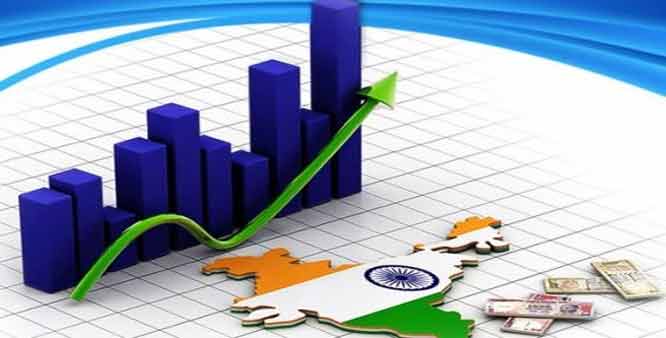
The spread of COVID-19 has hammered the Indian economy. While many major economies across the globe rebounded in the Q3 following one of the worse Q2’s in history, India was left behind. The country lost an estimated 140 million jobs after India locked down its economy in March. While many have been able to find new work, the Mumbai-based Center for Monitoring Indian Economy said more than six million people who lost jobs haven’t found new employment.
Indian Continues to Contract
While China saw a rebound in economic growth along with the United States in the Q3, India’s economic output remains weak. India’s economy contracted by 7.5% in the Q3 year over year according to, government figures. The data reflects the deepening of India’s severest recession since at least 1996. This compares to a 33.1% increase in US GDP in Q3 and China’s 4.9% increase in Q3 economic growth. In a June survey by the All India Manufacturers Organization, about one-third of small and medium-sized enterprises indicated that their businesses were beyond saving.
Unfortunately, the new data places India in a position among the world’s worst-performing major economies, despite expansive government spending. The Indian government has committed $50 billion, roughly 2% of India’s annual economic output, to help small businesses. This compares to a 6.5-trillion in Government spending that the U.S. has unleashed to fight against economic contraction. The main issue appears to be that the Indian government is resistant to borrowing to help them get out of the dire economic spiral.
The near-total nationwide lockdown in March brought the Indian economy to a standstill. Millions of workers who over the years had been drawn to India’s urban centers but when the lockdown occurred millions returned home to smaller villages. The workers have yet to return to the major cities. The economic problems are by no means over. Officials desperate to stimulate business lifted some of the lockdown restrictions, allowing more movement which unfortunately has the impact of further spreading the coronavirus. The country is recording a sharp decline in infections from a September high, but experts fear it is only a lull.
The lack of movement has led to a decline in exports. India’s overall exports from April 2020 to August 2020 are estimated to be US$ 182.13 billion, which was a decline of 19.32% compared with the same period last year). Overall imports from April 2020 to August 2020 are estimated to be US$ 167.94 billion, a 38% decrease compared with the same period last year.
India was the hardest-hit major economy from the effects of the pandemic. The IMF believes that the Indian economy will decline by 10.3% in 2020, compared to the rest of the world which will show a drop of less than 5%. The IMF predicts that the recovery of the Indian economy will take nearly 3-years and will only start to see improvement in 2022 when GDP will be back at pre-Covid-19 levels.
The Bottom Line
The upshot is that the Indian economy has suffered more than most economies across the globe. While other major economies such as the Chinese and US have seen rebounds in the Q3, the Indian economy is still contracting. The lack of stimulus is hammering both exports and imports, which could take more than 3-years for the Indian economy to recover. With millions of people still out of work and the virus continuing to spread, Indian needs a solution that will allow it to begin to expand.






